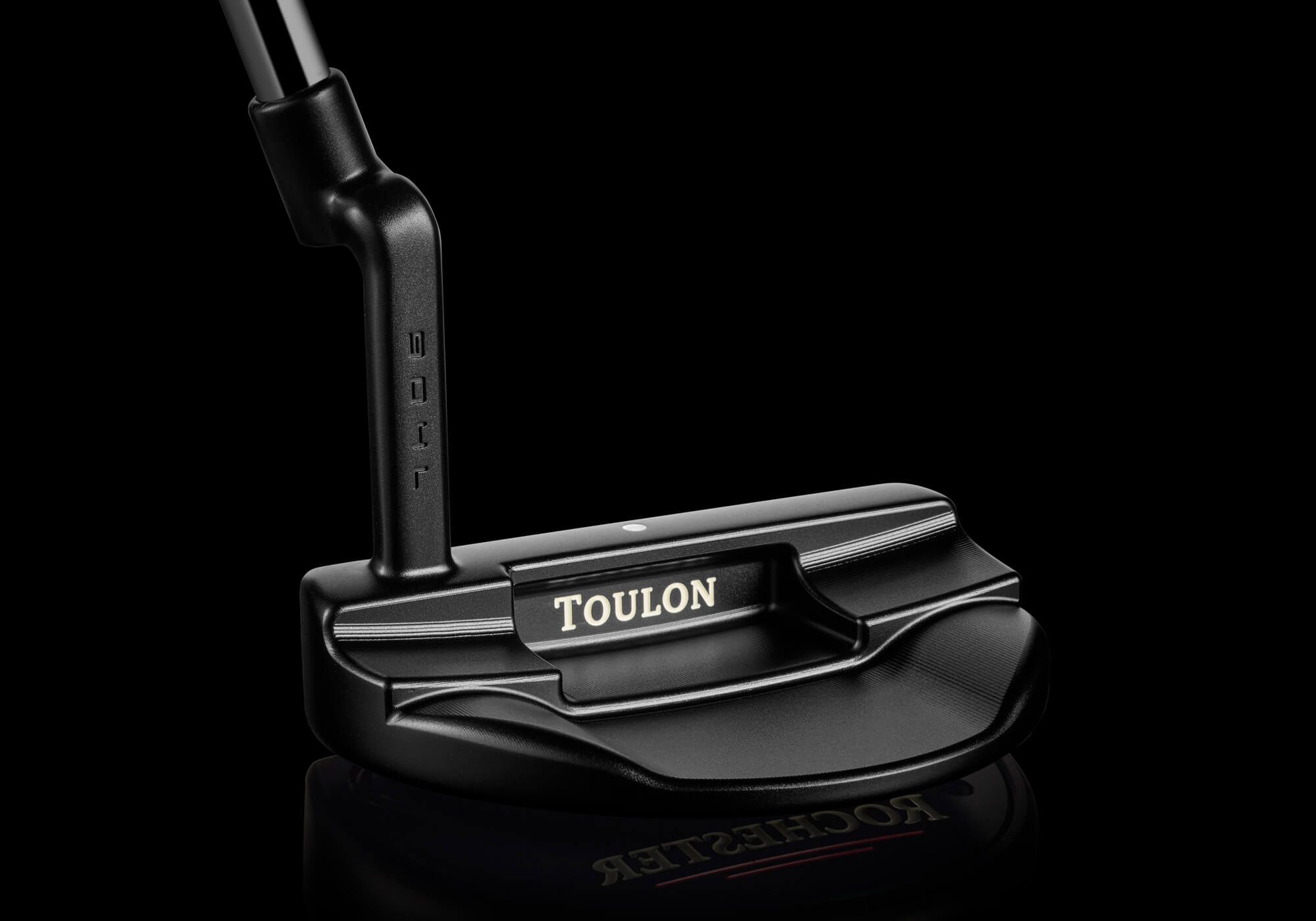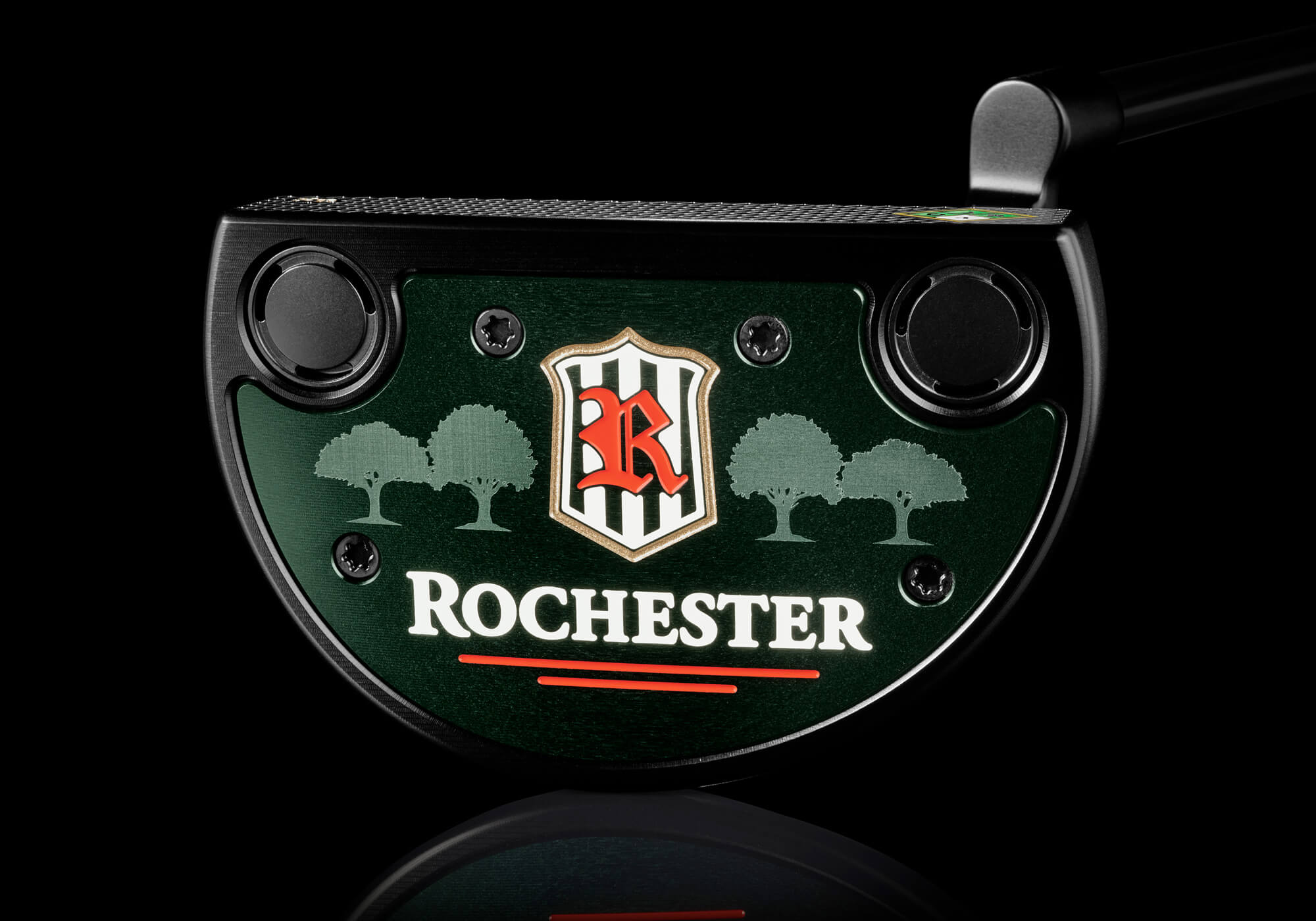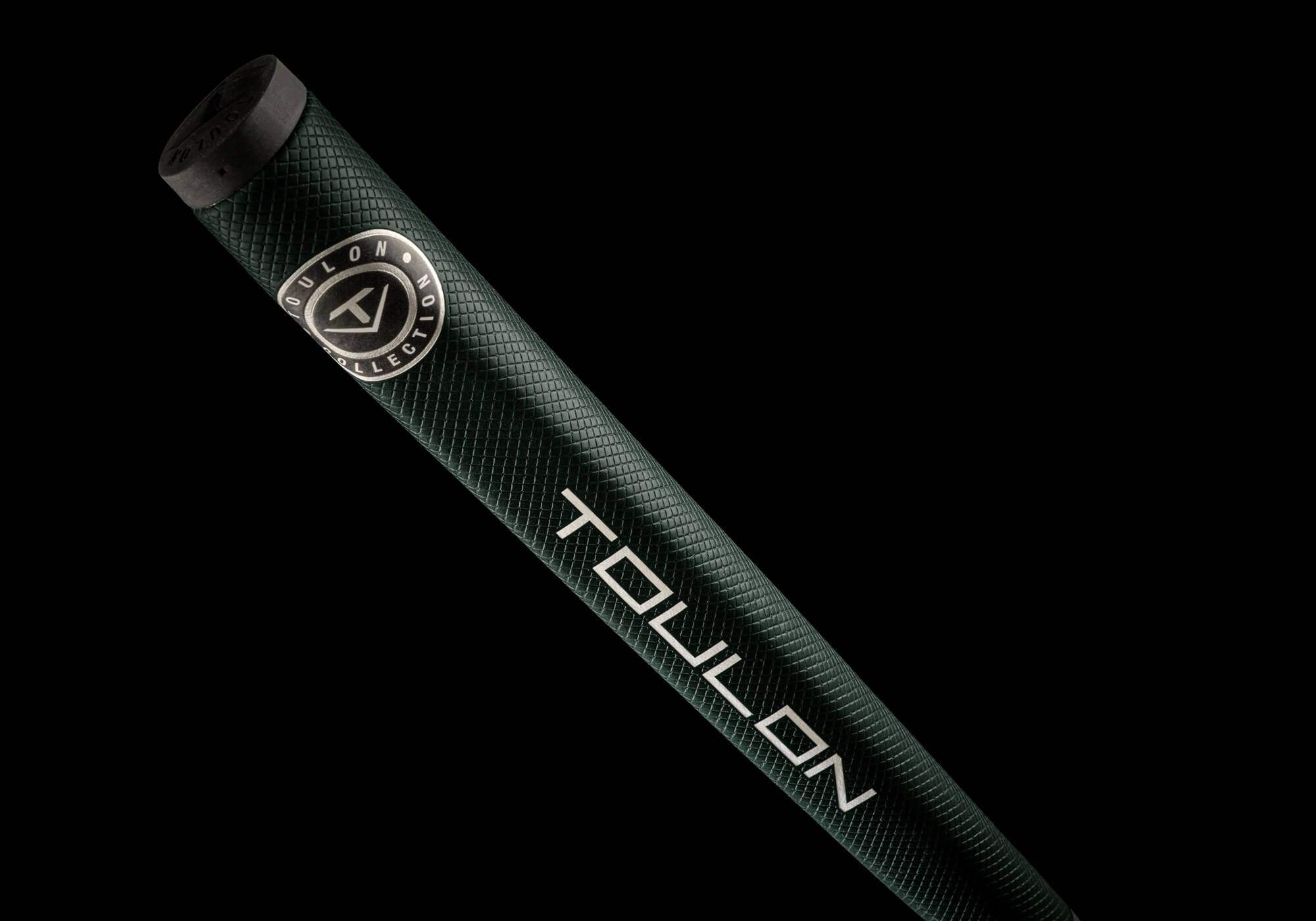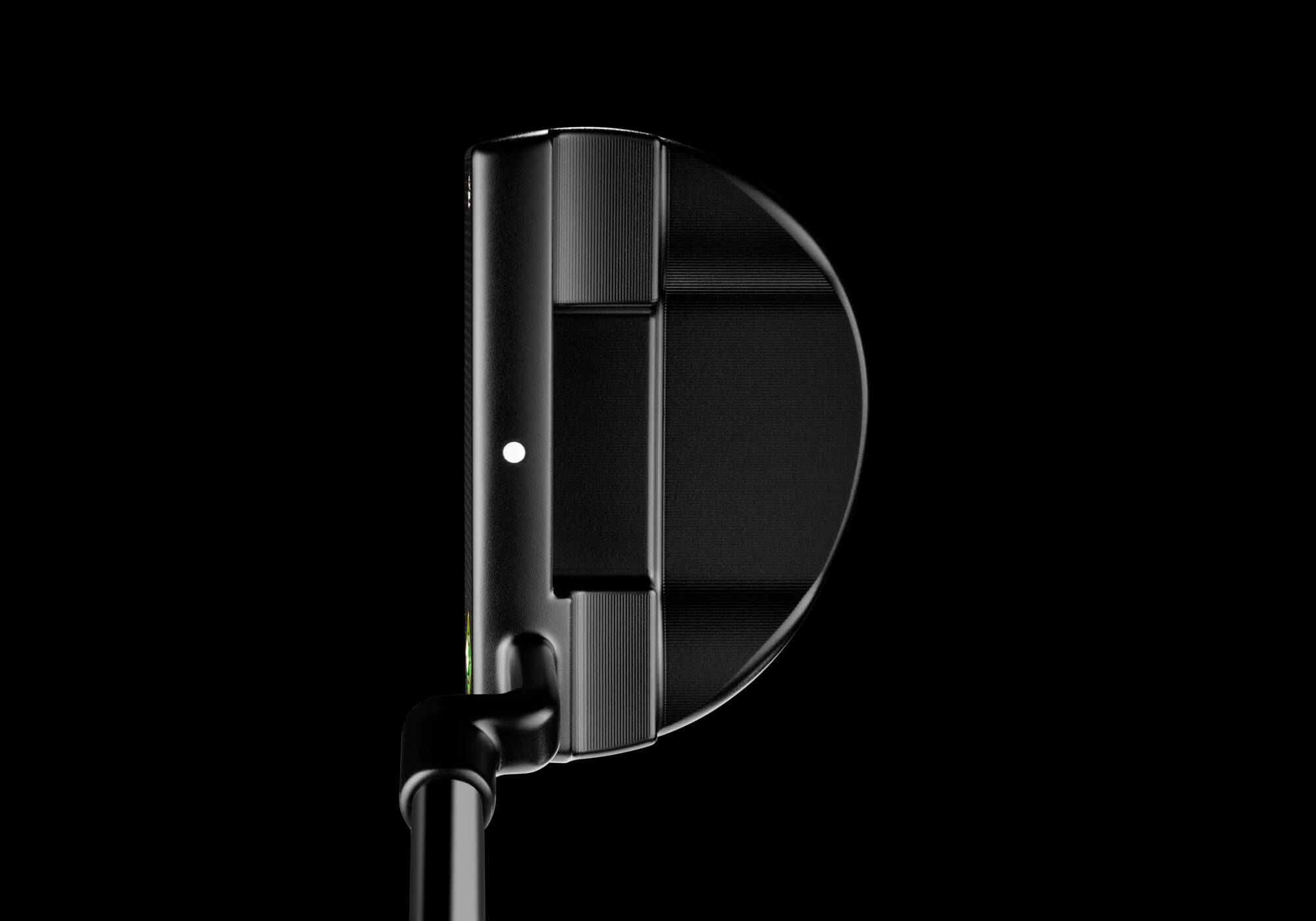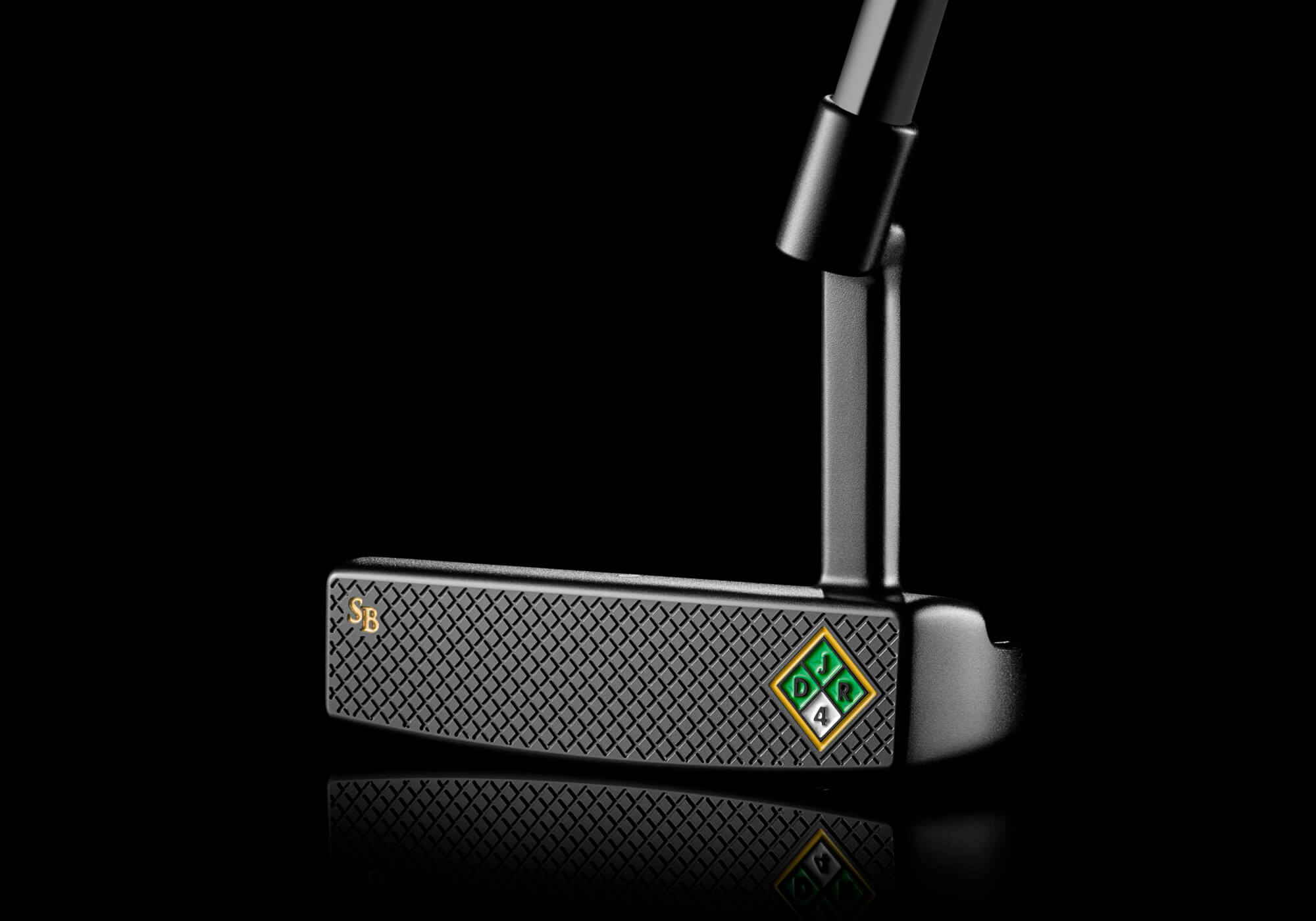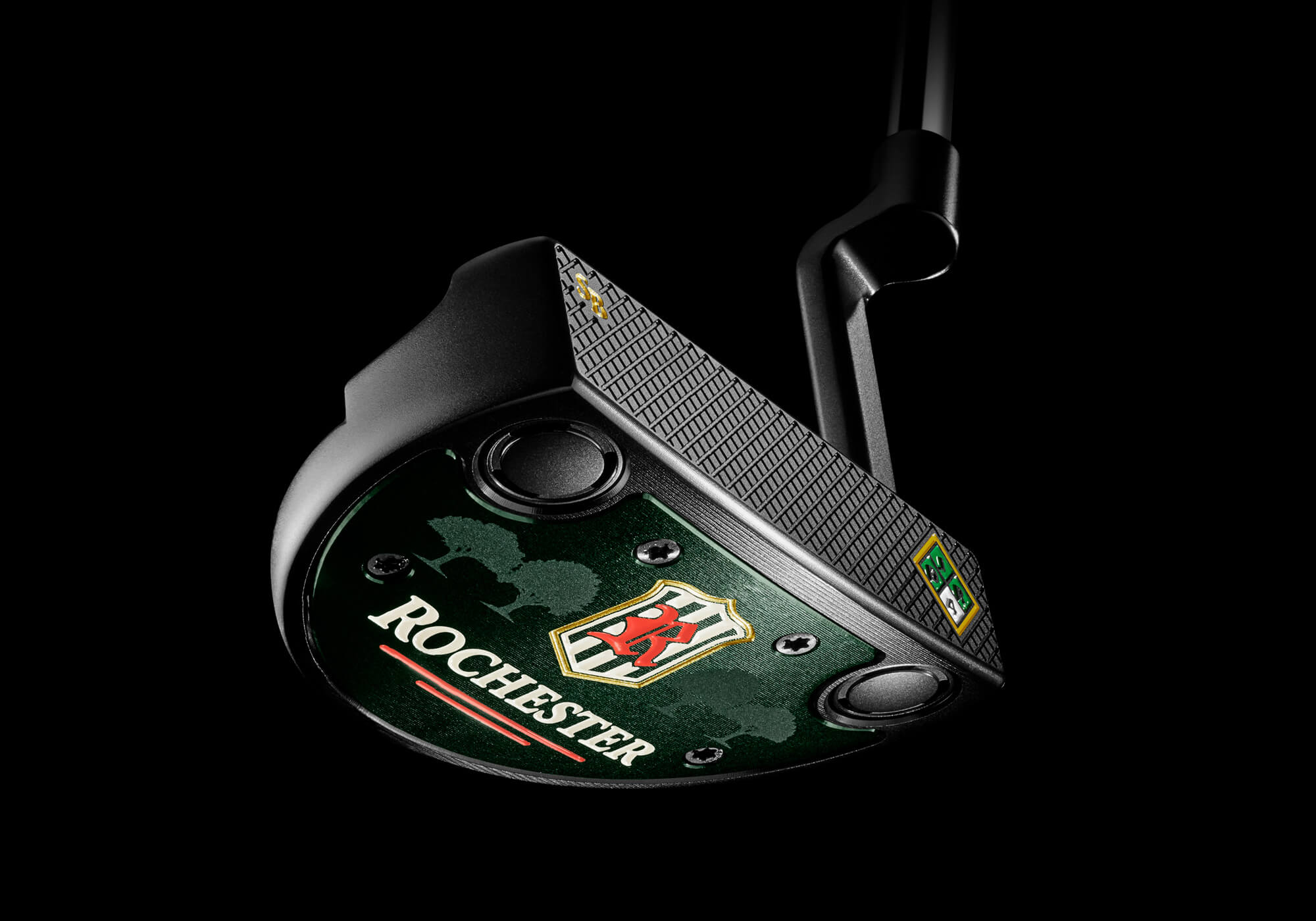Introduction
L.A.B. Golf continues to redefine putter design with their torque-free Lie Angle Balance technology. The Oz.1 and Oz.1i (insert) mallet putters are engineered for face angle stability with minimal manipulation. This review focuses entirely on performance data, strokes gained, and measurable outcomes from testers using systems like Shot Scope, Arccos, SAM PuttLab, Quintic, Trackman or GC3 to evaluate results.
Methodology
Eight testers with handicaps of 4 to 25 were divided into two four man teams, Team Oz those with the Insert model and Team Wizards, those with no insert. Testing was conducted over a 10 week period and included testing on SAM Puttlab, Quintic, Trackman and GC3 as well as on course Arccos or Shotscope data. Specifically, they looked at and evaluated:
Data Metrics
Improvement in strokes gained Difference in one putt rate Difference in three putt rate Average Putts per round Putts per greens in regulation Birdies, pars, bogies, double bodies/+ Make percentage (0-5’, 6-10’, 11-15’, 16-20’, etc.) Putting by first putt length (e.g. 0-10’, 10-25’, 25-50’, 50+’) What are the differences between insert versus non insert. Can you measure the difference. Do the differences between insert and non insert have any tangible difference on the golf course under actual conditions. What are the differences between the Gears shaft and the TPT shaft from a looks, feel, responsivenss and performance perspective. How do they compare to the Accra shaft Does it live up to its claims and the technology
Key performance data
Strokes gained improvements – L.A.B. Oz
@JGolfs provided the most detailed strokes gained analysis based on on-course tracking over multiple rounds:
“I am currently gaining nearly a full stroke against my target goal of a 12 handicap on putts from 40+ feet. When combining SG for putts 15′ and longer, I am gaining 1.4 strokes. That has paid dividends in my rounds over the last month as I have posted a career low 83 and multiple 9 hole rounds in the low 40s.”











